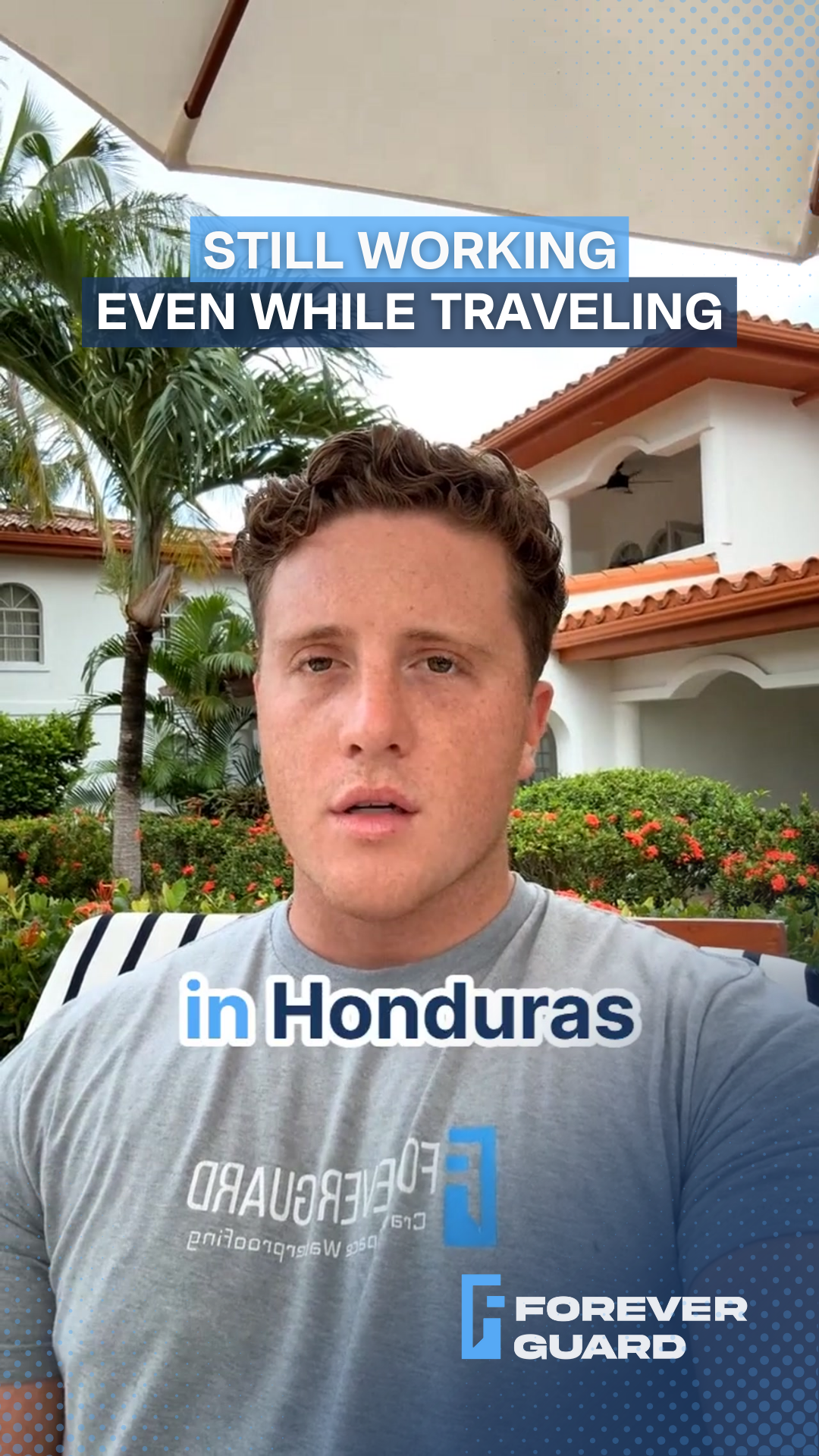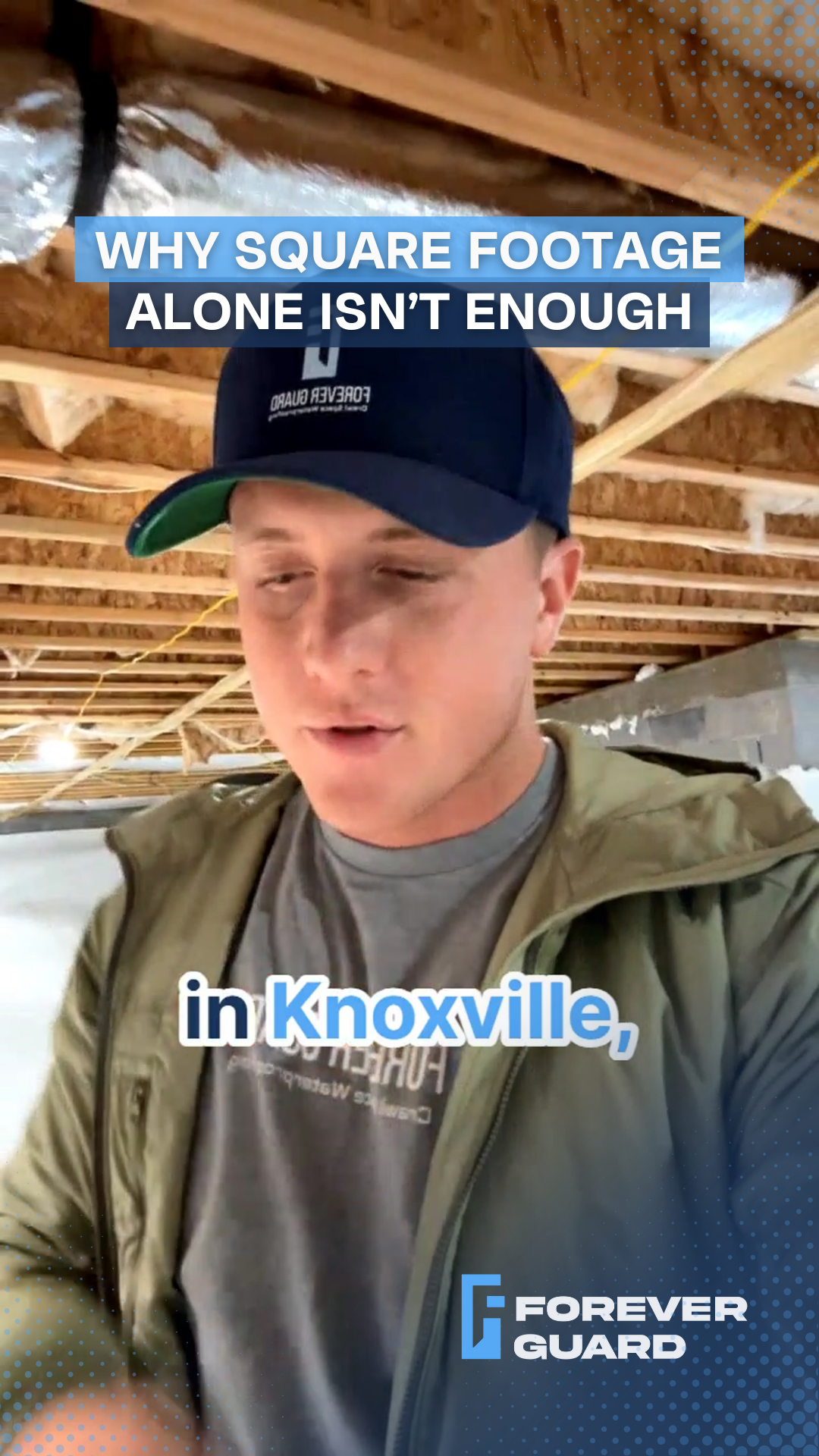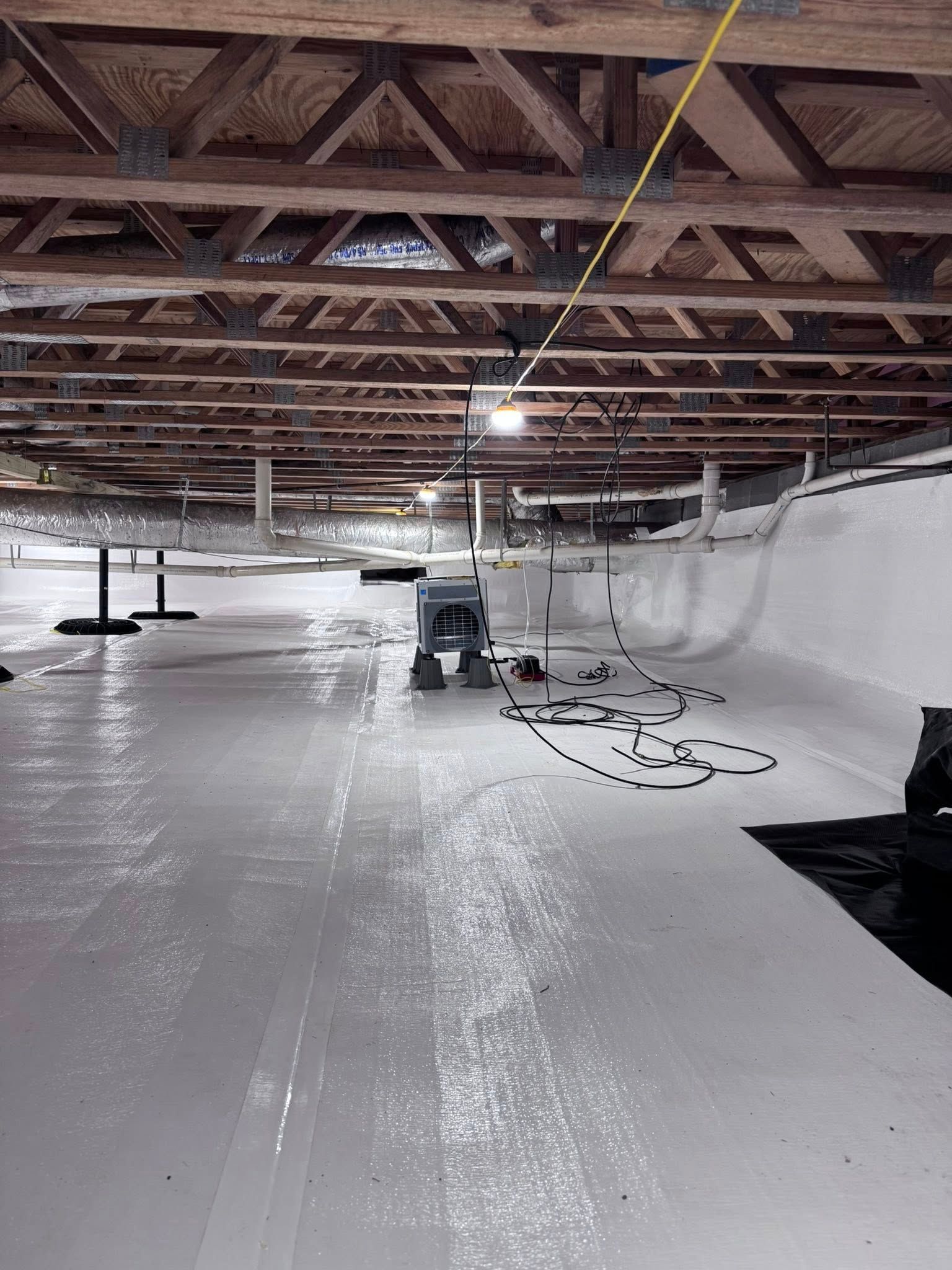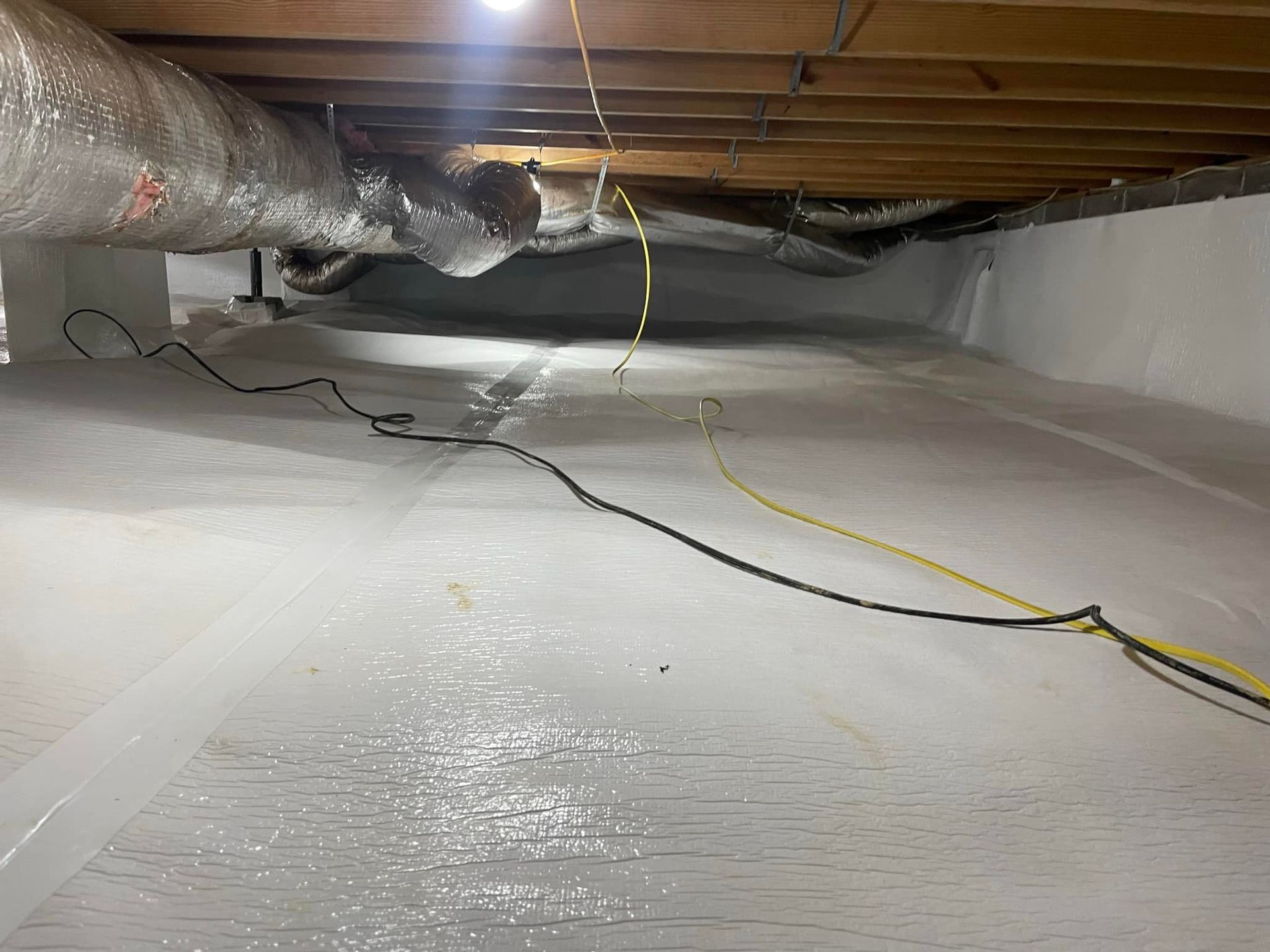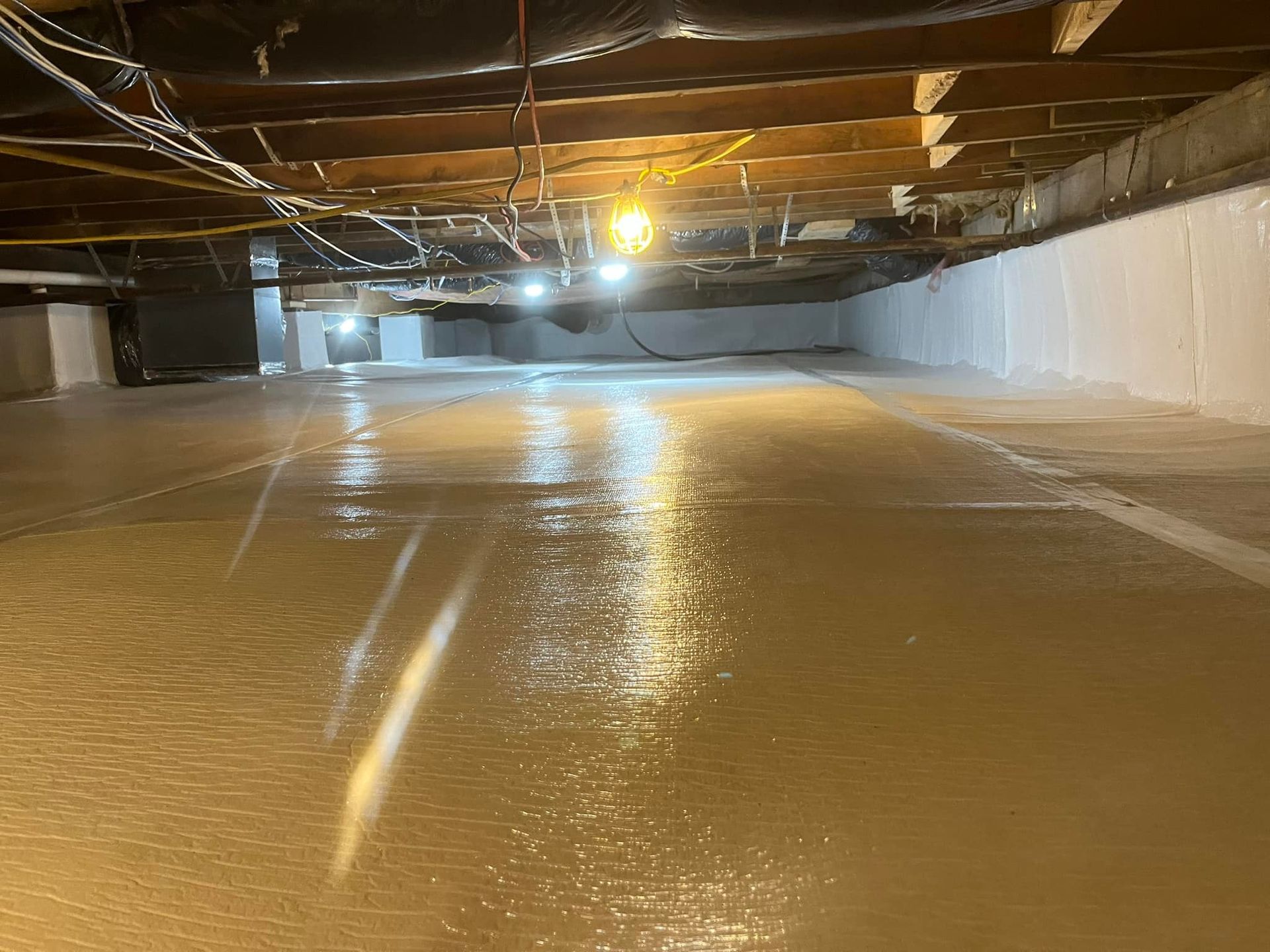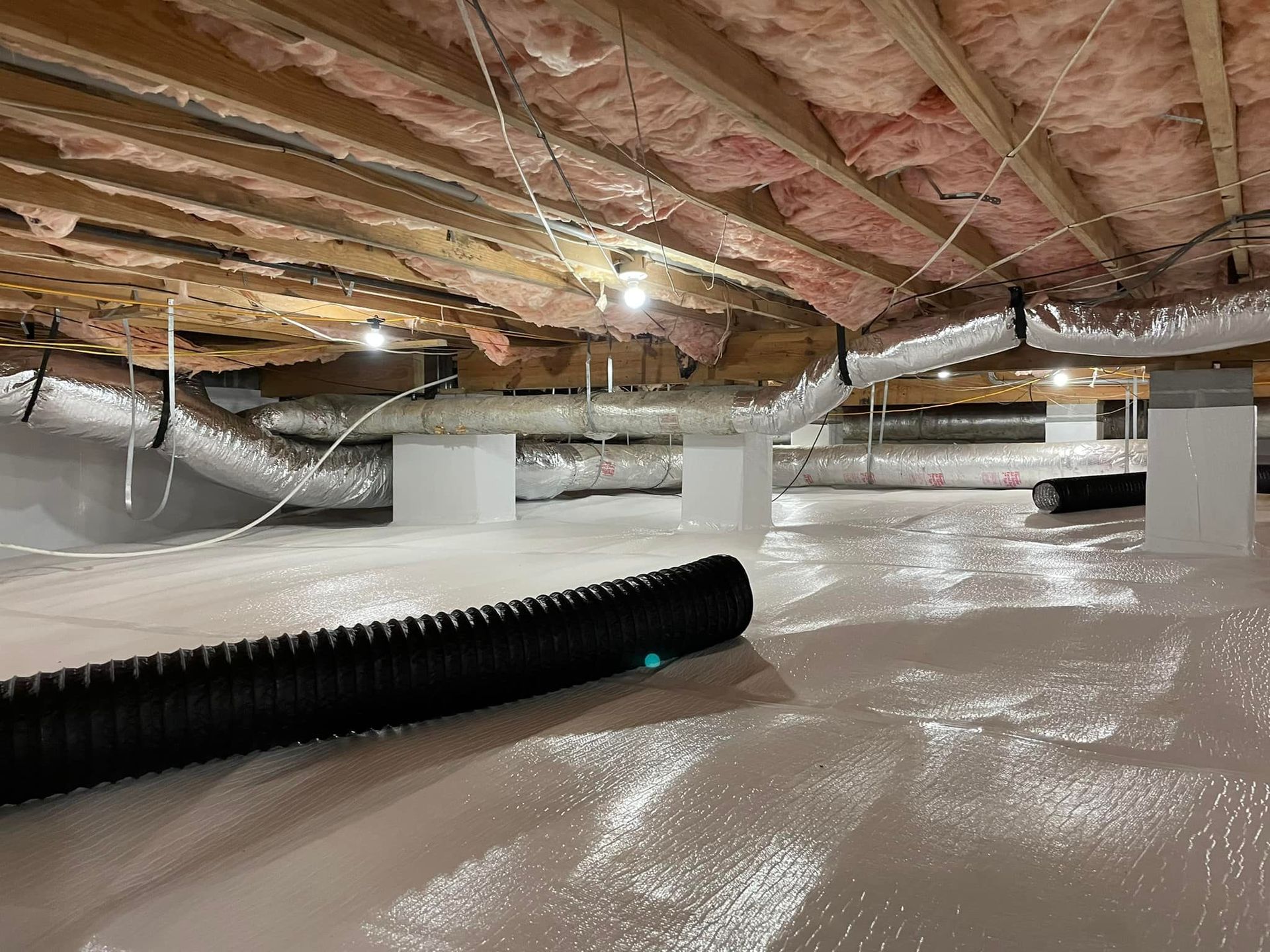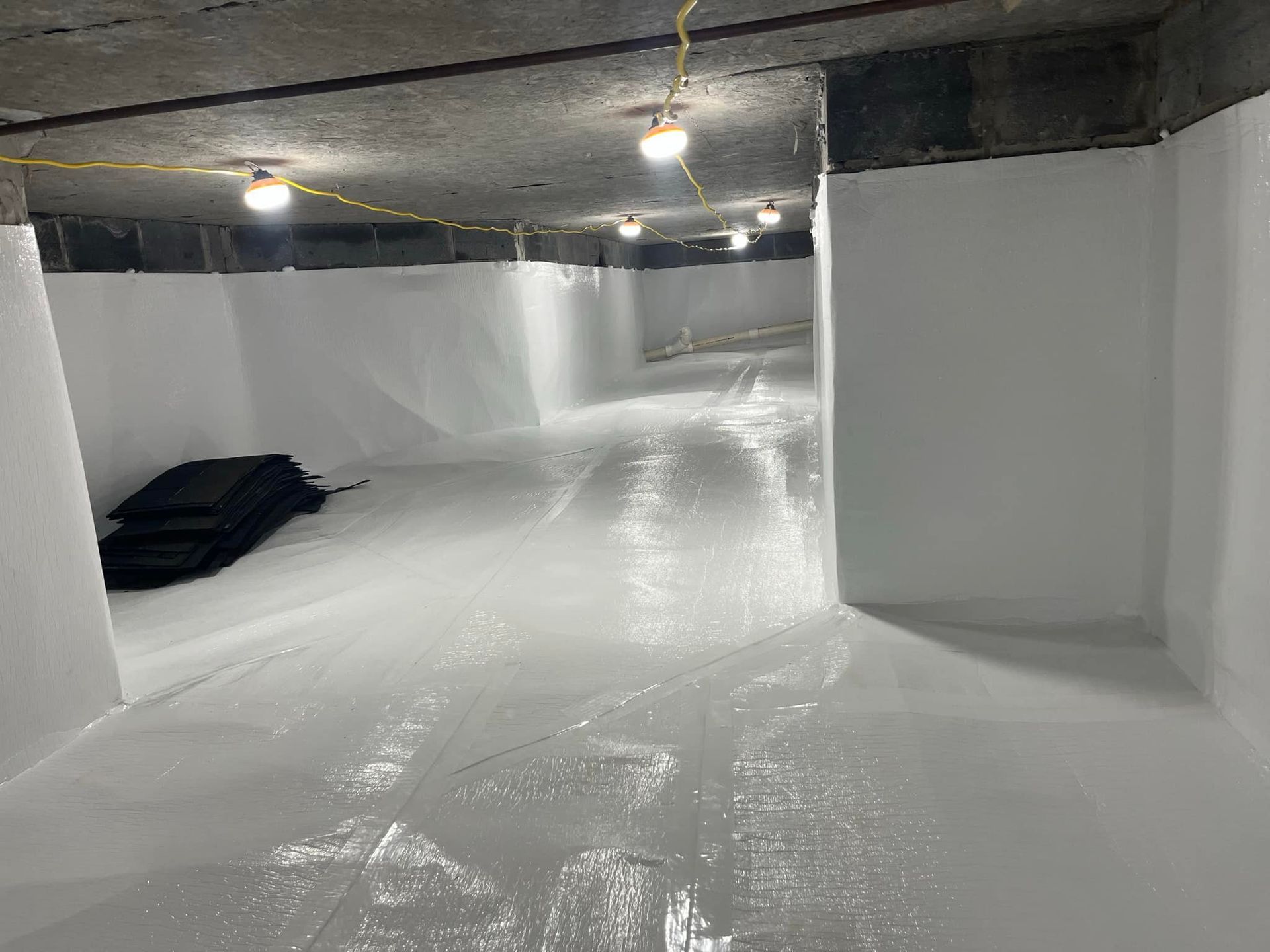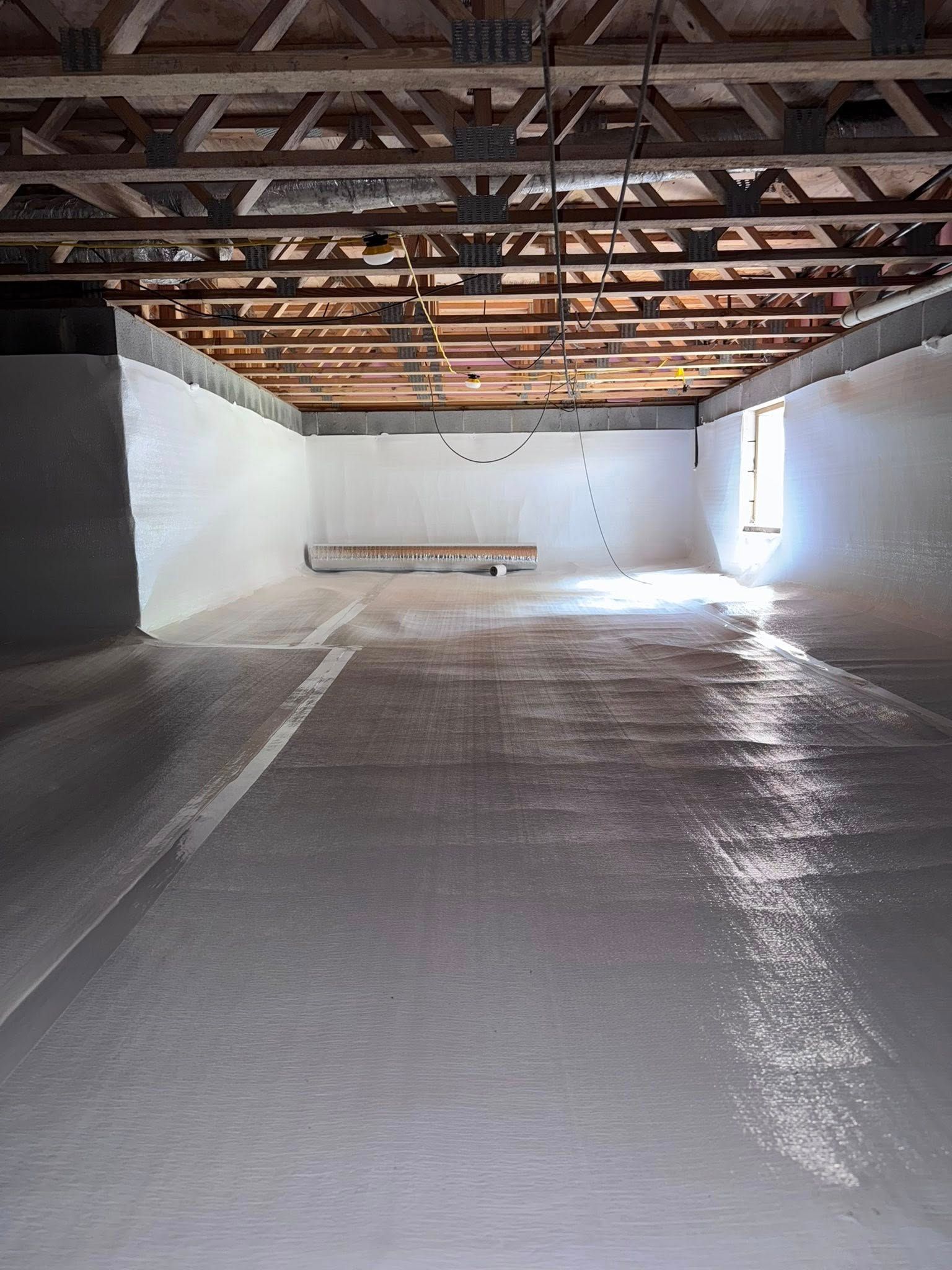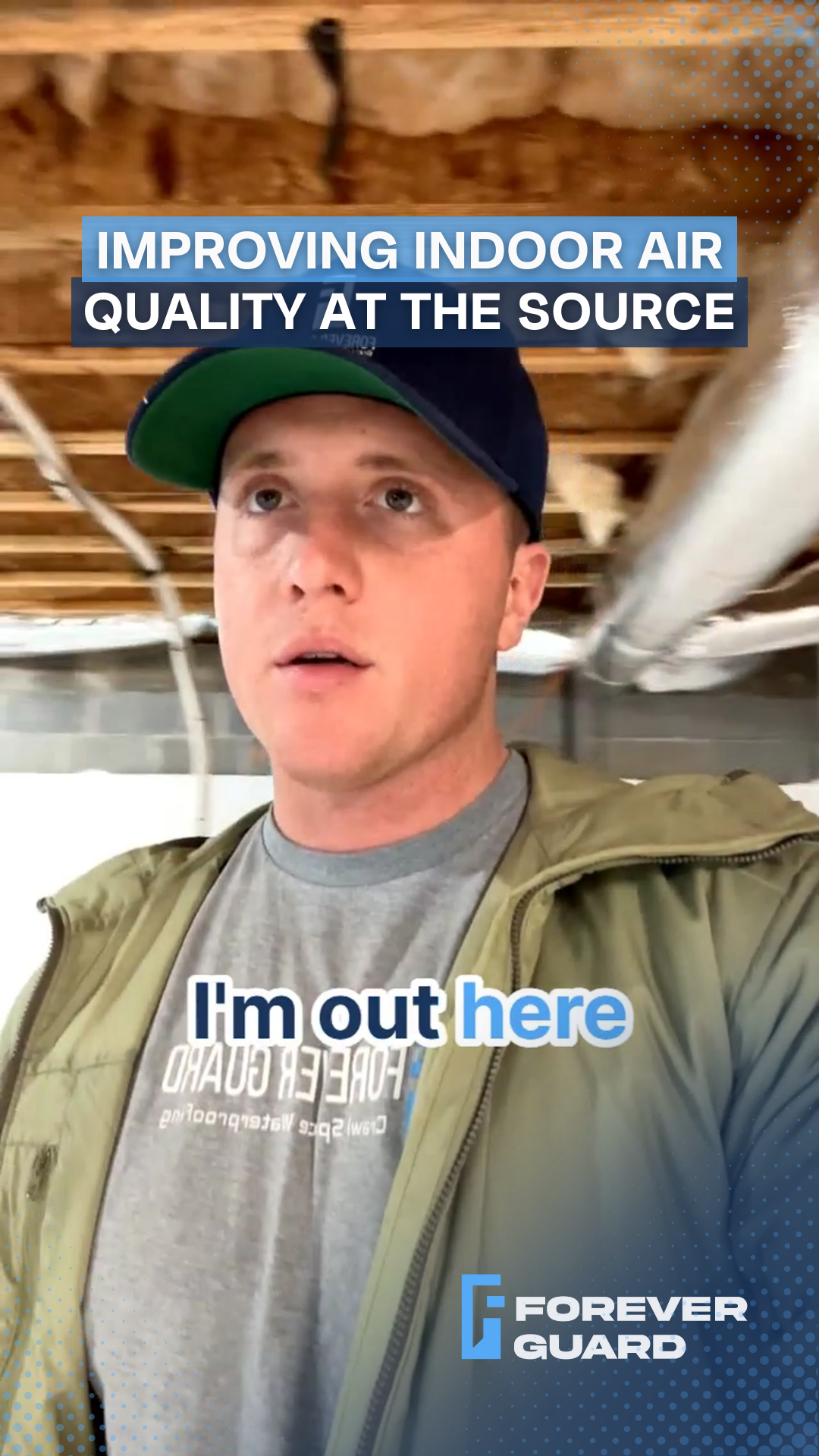The Insulation Mistake I See Twice a Month That Could Put Your Home at Risk
A Simple Installation Error That Creates Real Fire Safety Concerns
What crawl space inspectors find when contractors don't follow the instructions printed right on the insulation
I was inspecting a crawl space in Knoxville yesterday, and there it was again - insulation installed completely backwards.
This happens so often that I've stopped being surprised.
I see it at least once or twice a month.
What gets me is that the manufacturer literally prints the instructions right on the insulation.
It says clearly: "Vapor retarder facing should be applied toward heated area and living space of dwelling."
But somehow, contractors still install it upside down.
This isn't just about doing things the right way.
When insulation is installed backwards, it creates a real fire safety risk for your home.
The Right Way vs. The Wrong Way
Let me break this down simply. R19 batt insulation has two sides - the paper facing and the insulation material. That paper facing is the vapor retarder, and it needs to face up toward your subfloor, not down toward the crawl space floor.
When it's installed correctly, the paper side points toward your heated living space. When it's backwards, that flammable paper faces down into the crawl space where it becomes a fire hazard.
The difference might not seem like a big deal if you don't know what you're looking at. But it matters. A lot.
Why This Creates a Fire Hazard
Here's the problem with backwards insulation: that paper facing is flammable. If anything catches fire in your crawl space - whether it's faulty wiring, a space heater, or any other ignition source - that paper ignites easily.
Fire spreads fast in crawl spaces. There's plenty of air flow, wooden structures everywhere, and often other combustible materials. When insulation is installed upside down, you're basically adding fuel that helps fire spread across your floor joists.
It's one of those installation mistakes that might never cause a problem. But if something does go wrong, it turns a bad situation into a dangerous one.
The Science Behind the Instructions
While I was in this Knoxville crawl space, I noticed something else worth talking about. There's a concrete porch foundation with water droplets forming on it. Even though it's late October and cold outside, the crawl space stays fairly warm.
Here's what happens: for every degree that air cools, the relative humidity rises 2.2 percent. So when warm, moist air hits that cold concrete, you get condensation. Water literally forms out of the air and drips down.
This crawl space already had high moisture levels. The condensation just adds more water, which leads to fungal growth and wood decay. It's another reason why proper insulation installation matters - it helps manage temperature and moisture in your crawl space.
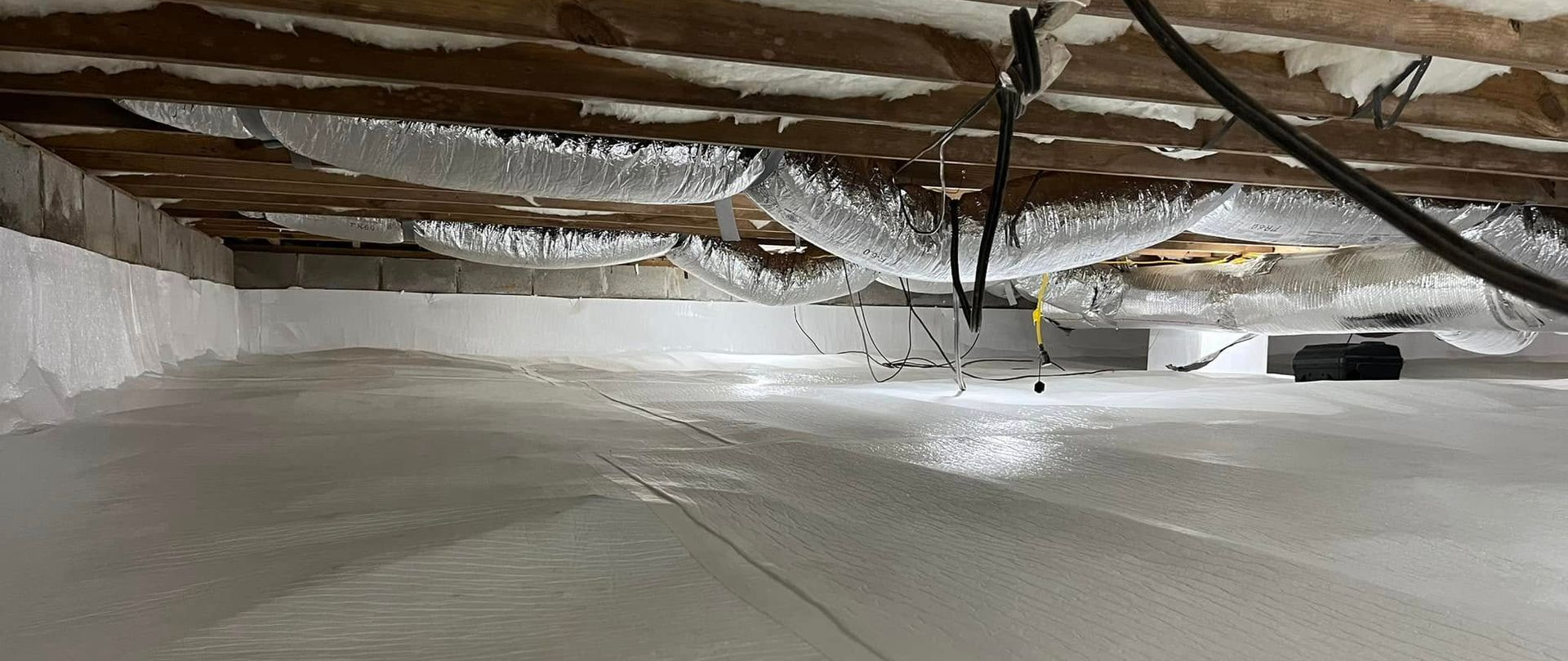
How to Check Your Own Crawl Space
You don't need to be an expert to spot backwards insulation. If you can safely get into your crawl space, look up at your floor joists. The insulation should have the paper side facing up toward your subfloor.
If you see the pink or yellow insulation material facing up instead of paper, it's installed wrong. You might also notice other issues while you're down there - fallen insulation, moisture problems, or signs of fungal growth.
When in doubt, call a professional. We can assess not just your insulation, but your overall crawl space health and any safety concerns.
Get Your Crawl Space Inspected
Look, most homeowners never think about their insulation until something goes wrong. And honestly, that's understandable - crawl spaces aren't exactly inviting places to spend your time.
But if your insulation was installed backwards, it's worth fixing. Not just for fire safety, but because proper installation helps manage moisture and protects your home's structure.
We inspect crawl spaces throughout Knoxville and the surrounding areas. We'll check your insulation installation, look for moisture issues, and give you honest recommendations about what needs attention.
Don't wait for a problem to become an emergency. Let us take a look and make sure everything under your home is installed correctly and working the way it should..
